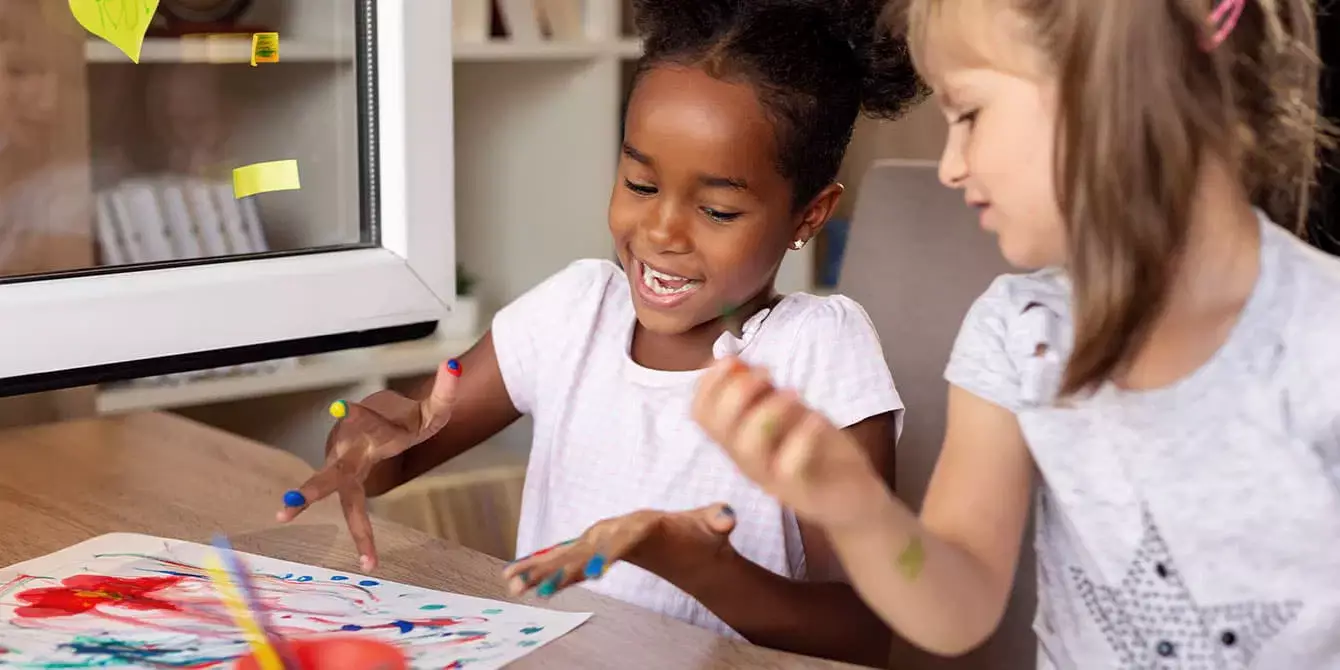When it comes to fostering creativity and sensory exploration in young children, homemade finger paint stands out as an exceptionally engaging option. Not only does it provide an artistic outlet, but it also allows kids to experiment with textures and colors in ways that commercial products might not. Crafting your own finger paint can transform an ordinary day into an immersive sensory experience, turning your home into a vibrant canvas of imagination.
Finger painting is more than just a fun pastime; it’s a crucial developmental activity for young children. Engaging in such tactile play encourages motor skill development, hand-eye coordination, and even boosts cognitive abilities as they learn to mix colors and understand cause and effect. Moreover, the act of creating art through finger painting can serve as a powerful emotional outlet, helping kids express their feelings in a non-verbal manner. In a world increasingly dominated by digital interactions, reconnecting with simple, messy play can be invaluable.
Crafting Safe and Natural Finger Paint
Creating a safe finger paint that children won’t mind putting in their mouths is not only feasible but also incredibly simple. Using ingredients readily found in your kitchen, you can whip up a non-toxic paint that’s entirely suitable for little hands. The recipe primarily involves vibrant fruits and vegetables paired with Greek yogurt.
Consider using beets for a rich red hue, kale for lush green shades, and blueberries to achieve a deep blue. If your kitchen boasts a juicer, it can streamline the process. The most exciting aspect of this DIY project is the opportunity for color mixing; blending together fruits and veggies can yield a rainbow of shades, stimulating artistic creativity.
For those who prefer a sturdier paint base, incorporating cornstarch can dramatically alter the paint’s texture. Boiling the fruits or veggies until they soften, then dissolving cornstarch in water and mixing it into the pot can provide that desired thickness. To sweeten the deal, adding a touch of sugar not only enhances the flavor but also makes the paint more enticing for little taste-testers.
After preparing your colorful concoction, ensure it cools down adequately before presenting it to your eager artist. You might even consider diluting the mixture with additional yogurt if a runnier texture is desired. For colors that may prove challenging to derive from natural sources, organic food coloring can serve as the perfect substitute, further expanding your palette of options.
Finally, the mess of finger painting is where the true treasure lies. Embrace the chaos, and delight in watching your child’s hands explore and discover. With homemade finger paint, sensory play transcends mere fun—it becomes an enriching experience that nurtures creativity, color recognition, and fine motor skills. Let your little ones lose themselves in this colorful adventure, creating not just art, but joyful memories that will last a lifetime.

